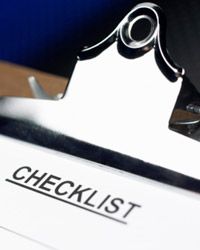Key Takeaways
- Changing your address when you move ensures your mail follows you to your new home. You have options for both temporary and permanent changes available through the U.S. Postal Service.
- You should verify your new address for accuracy, decide between a temporary or permanent change of address and inform the USPS via the internet, phone or Form 3575.
- To make the process smoother, you should cover the entire household’s mail, know the timeframe for mail forwarding, make a list of everyone who needs your new address and inform government agencies.
Your new home is everything you want, from the convenient location and friendly neighborhood to the wooded backyard and Cape Cod dormers. But before you can start enjoying your new residence, there's a lot of work to do.
Whether you're relocating across town or across the country, moving can be stressful. There are utilities to cancel and reinstate. You'll need to choose a moving company or recruit some friends to help out. It's time to return the things you borrowed from your neighbors and retrieve those they borrowed from you. And then there's the packing.
Advertisement
With all of the chaos that comes with setting up new digs, you might think that changing your address is an insignificant item on your checklist. Although it may seem minor, it's an important step for keeping at least part of your life running smoothly, while you hunt through boxes for your black shoes.
Read on for some helpful tips to make changing your address a little easier.





